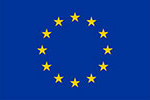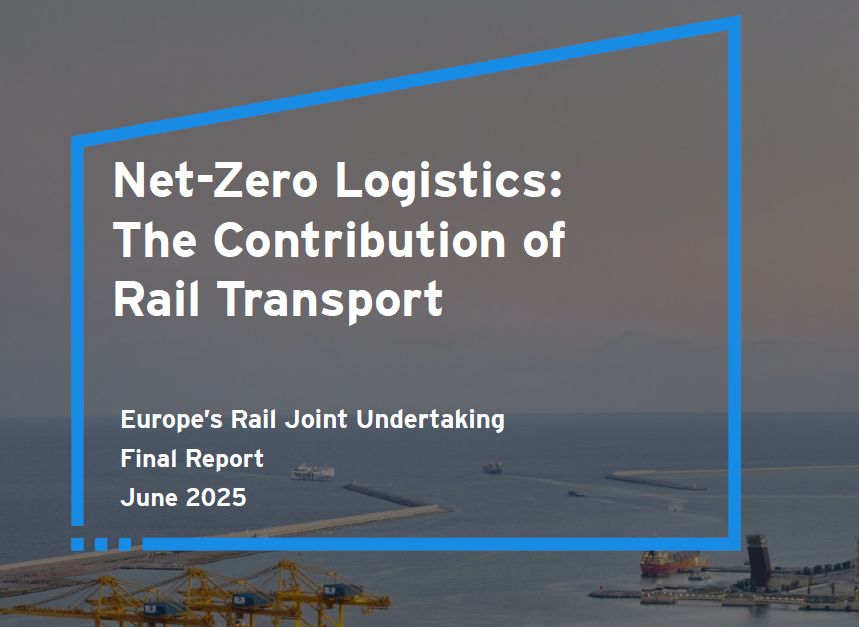Europe must take decisive steps to simplify and modernise its rail systems to strengthen competitiveness,...
D6.7-Technical specifications for using regional lines for freight services
Output type:
Regional railways play a crucial role in Europe, not only by serving rural areas but also by acting as feeders for passenger and freight traffic to the main network. These lines provide an essential, environmentally friendly mode of transport—regional railways enable passengers to reach remote stations and rural destinations effectively.
Given this context, the courier, express, and parcel (CEP) services industry is booming due to shifts in consumer shopping habits and increased retail activity. This growth is putting pressure on road infrastructure and local communities, highlighting the need for more sustainable freight logistics. One innovative solution is to leverage underutilized public transport, such as trams and regional trains, for freight delivery, particularly in smaller towns and rural areas. Task 6.6 within WP6 of FP6 FutuRe aims to enhance freight services to regional and rural areas by leveraging rail transport instead of road. The primary focus is to define and specify innovative solutions for integrating first and last mile transport with passenger trains. Key activities include specifying information, routing, and booking functions for cargo distribution, as well as providing transport offers based on available capacity. Furthermore, the task analyses and defines the necessary framework conditions to effectively implement these freight services.
Deliverable 6.7 outlines how to integrate cargo distribution with passenger trains, reviewing similar initiatives, operational details, and system requirements. The specifications have been described through use cases, requirements, sequence diagrams, components, functions, and interfaces and standards. These specifications are supported by a review of related projects and studies.
Despite a promising start to Task 6.6, we have been unable to secure a demonstration partner. Given this situation, continuing the project to implement and demonstrate the described functionalities to a suitable Technology Readiness Level seems unfeasible, in the subsequent demonstration in WP11.
















